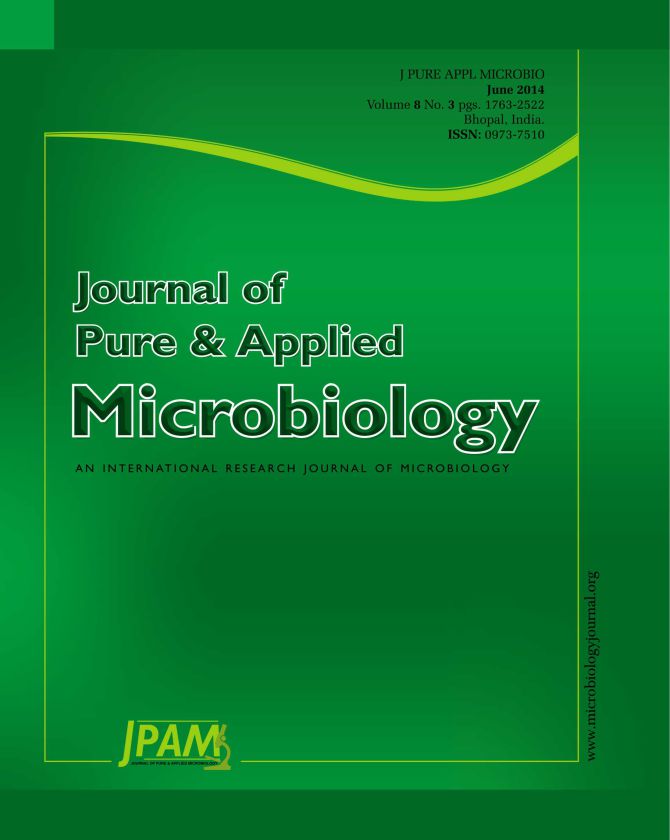Normal flora is a population of microorganisms that inhabit the skin and mucous membranes of healthy normal persons. The oral cavity normally supports a dense microbial population. Healthy clean mouth contains a considerable amount of organic matter, which provides nutrients for bacteria. The oral cavity is comprised of many surfaces, each coated with a plethora of bacteria, the proverbial bacterial biofilm. Some of these bacteria have been implicated in oral diseases such as caries and periodontitis, which are among the most common bacterial infections in humans. The mouth is a heterogeneous environment for microbial colonisation. Different habitats namely, shedding (lips, cheek, palate, and tongue) & hard non-shedding (teeth) surfaces exists and because of their biological features, support the growth of a distinctive microbial community.
Symbiosis, Aerobic Organism, Anaerobe, Strict anaerobe, Facultative anaerobe
© The Author(s) 2014. Open Access. This article is distributed under the terms of the Creative Commons Attribution 4.0 International License which permits unrestricted use, sharing, distribution, and reproduction in any medium, provided you give appropriate credit to the original author(s) and the source, provide a link to the Creative Commons license, and indicate if changes were made.


